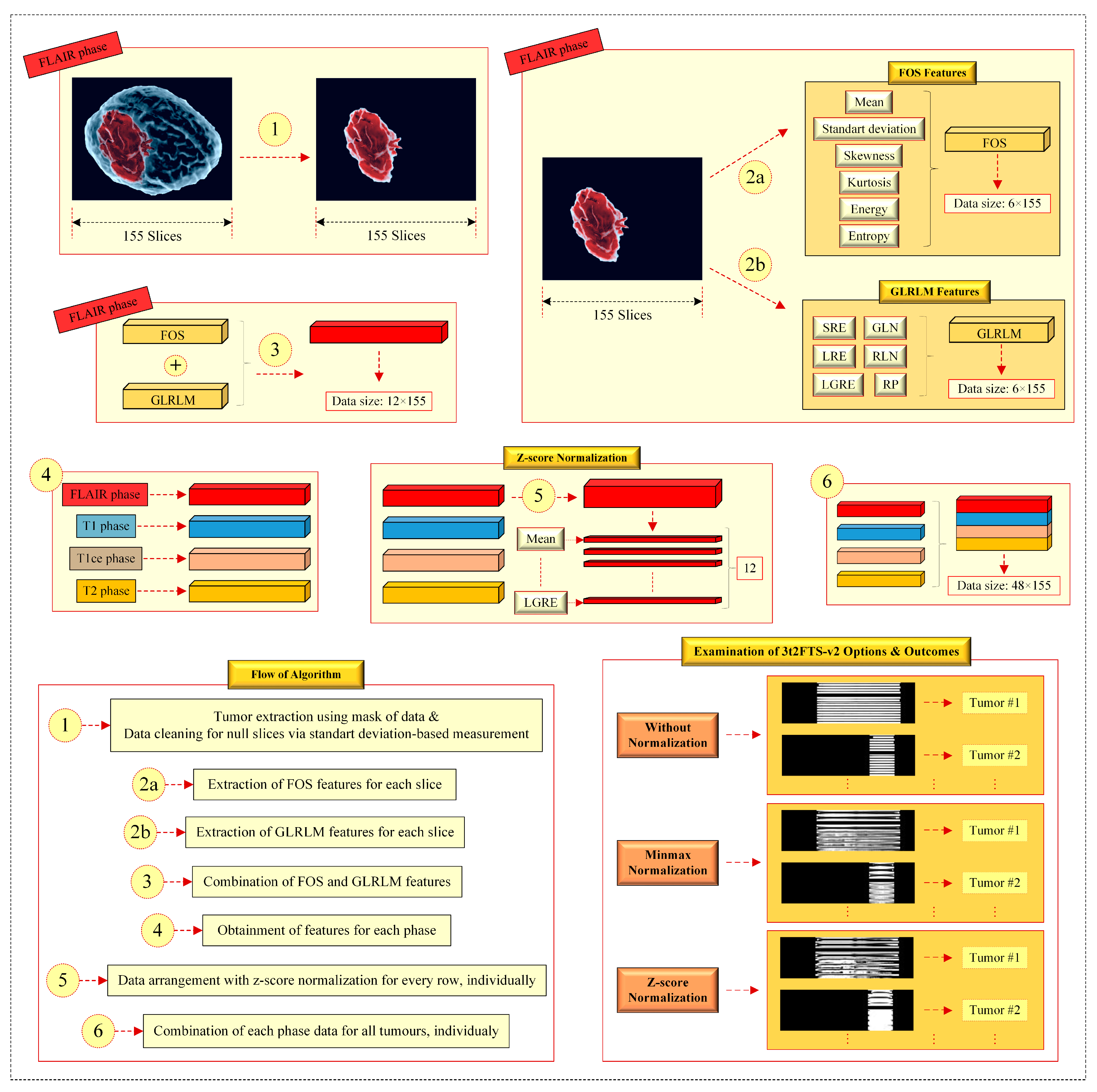

The medulla oblongata is a stem-like structure located in the posterior cranial fossa. The reticular formation is the site of integration and relay of vital information from the cerebrum, cerebellum and spinal cord. These nuclei are divided into three groups: lateral, medial, and median. Although anatomically not well defined, the reticular formation is an interconnected network of nuclei of the brainstem.

The brainstem consists of three parts:Īnother important component of the brainstem is the reticular formation. Hence, it is involved in regulating heart rate, respiration, blood pressure, and other essential functions of the body. The brainstem is the place of origin for ten of the twelve cranial nerves, contains many nuclei, tracts and neural pathways. It connects the cerebrum to the spinal cord and the cerebellum. The brainstem is the distal part of the brain. The rhombencephalon splits into the metencephalon (pons and cerebellum) and the myelencephalon (medulla oblongata). The prosencephalon further divides into the telencephalon (cerebrum) and diencephalon. They further develop into secondary vesicles of the brain and further grow into the final brain parts. Forebrain, midbrain and hindbrain by Anatomy Nextĭuring embryonic development, there are three primary brain vesicles: prosencephalon (forebrain), mesencephalon (midbrain) and rhombencephalon (hindbrain). In addition to the preceding, the brain is also often divided into: telencephalon, diencephalon, mesencephalon, metencephalon and myelencephalon. For instance: forebrain, midbrain and hindbrain. There are also other commonly used subclassifications of the brain according to the embryonic development of the brain's structures. The major anatomical parts of the brain are the brainstem, diencephalon, cerebellum and cerebrum. Additional structures closely related to the brain are the brain's ventricles and meninges. The brain's subcortical structures are the diencephalon, pituitary gland, limbic structures and basal ganglia. The brain can be further divided into the cerebrum, diencephalon, cerebellum, and brainstem. The accessory nerve (CN XI) is the one exception. Eleven out of the twelve pairs of cranial nerves originate from the brainstem. Twelve pairs of cranial nerves are part of the peripheral nervous system. The brain connects to the spinal cord via the brainstem. The brain and spinal cord are the main parts of the central nervous system. The brain uses approximately 20% of the human body's total energy expenditure. The brain is a vital organ that integrates and coordinates sensory and motor information from the whole body, and it is involved in the organization and generation of voluntary and involuntary body functions, thoughts and feelings. These are the dura mater, arachnoid mater, and pia mater. Additional safety is ensured by three connective tissue layers known as the meninges that cover the brain. The brain is encased and protected by the neurocranium. The human brain weighs on average 1.2 to 1.4 kg, comprising around 2% of the body's total weight. Neural tissue is primarily made up of two types of cells: neurons – the functional units of the neural tissue, and supportive glial cells. It is a complex organ composed of neural tissue. The brain is made up of the cerebrum, diencephalon, brainstem and cerebellum. The brain (Latin: cerebrum) is the central anatomical part of the nervous system, and it is located in the cranial cavity of the skull.


 0 kommentar(er)
0 kommentar(er)
